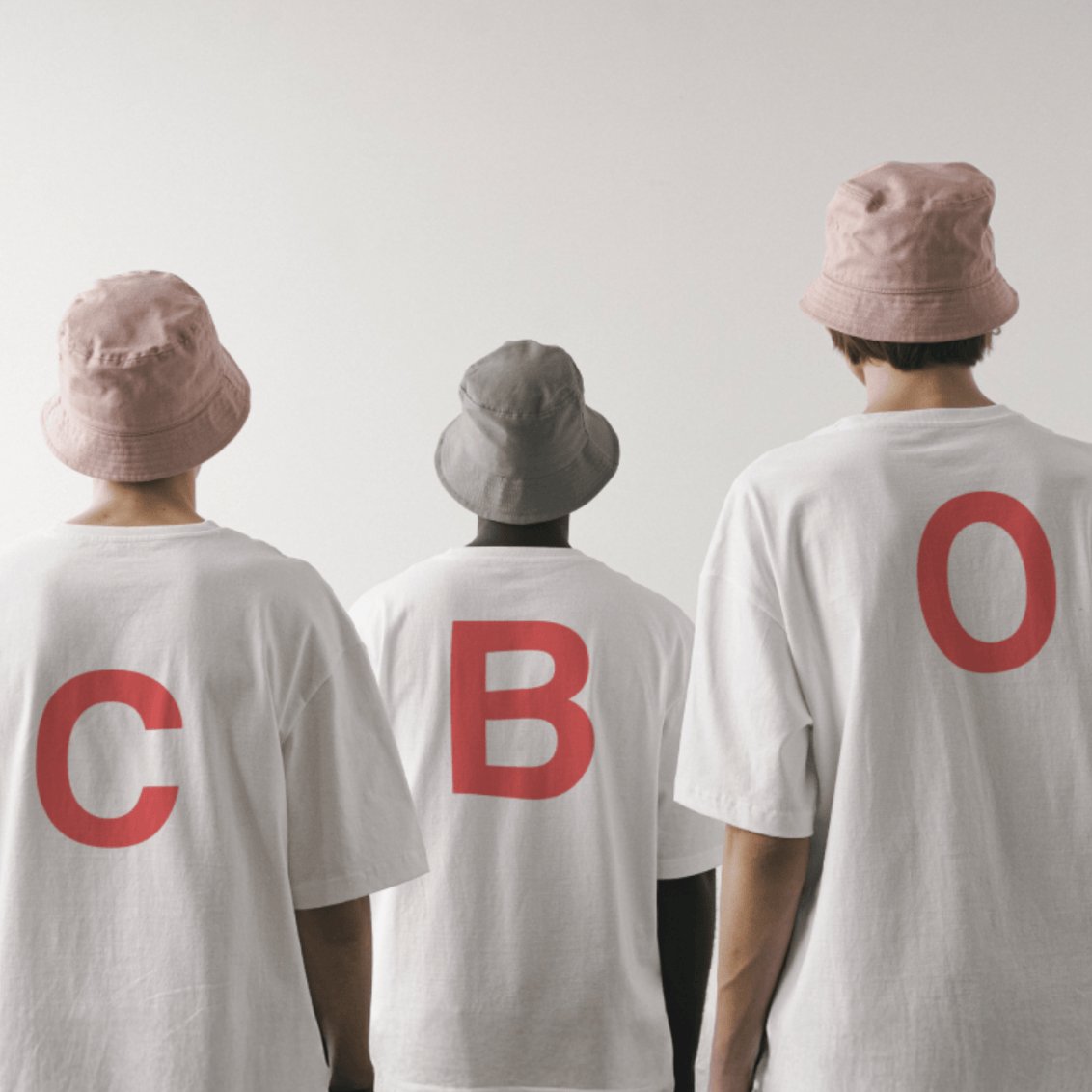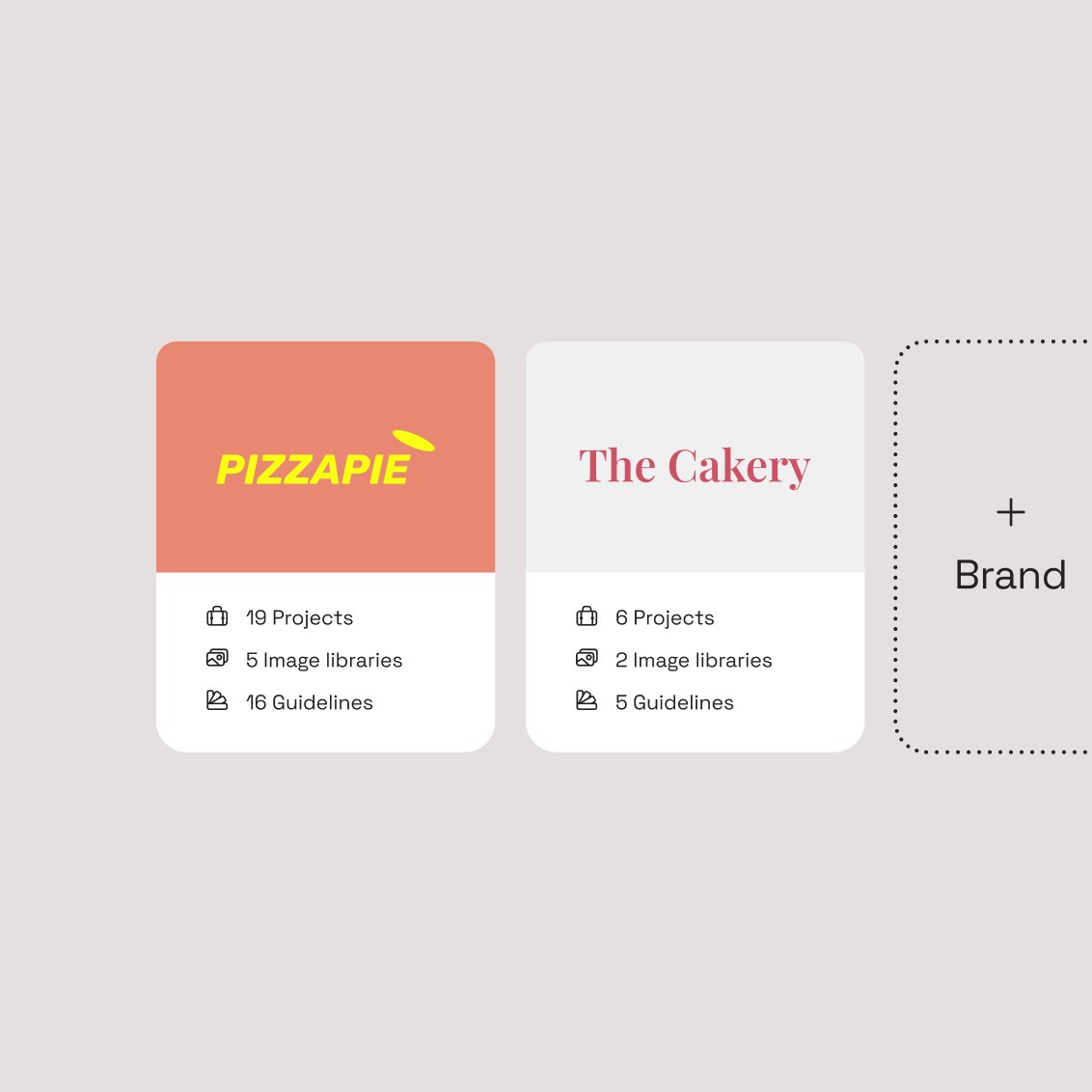In many industries, it’s relatively easy to compete on product features or level of service. But your brand is something that’s uniquely yours and impossible for other companies to emulate. Having someone laser-focused on your brand — its identity, presentation, and evolution — helps set your organization apart from its competitors.
“A brand is the sum of the impressions a company makes on the world. Having a chief architect of that impression who thinks beyond silos and conventional categories can be a huge competitive advantage.” Karl Wikström - Chief Storyteller, Frontify
What is a chief brand officer?
The Chief Brand Officer (CBO) is a pivotal leadership role within a company, tasked with the creation, management, and maintenance of the brand’s identity, reputation, and market positioning.
As the head of the brand department or a key figure in the marketing organization, the CBO sets high-level branding strategies and oversees daily activities to ensure a strong and consistent brand image.
What does a chief brand officer do?
The CBO manages your company’s brand, sets its strategic direction, and is responsible for its adoption across the business.
“In essence, the chief brand officer ensures the brand is really investing in the areas that will have the most impact on its customers and business — be it in product, marketing, customer service, digital tools, or something else.” - Karl Wikström - Chief Storyteller, Frontify
Over time, a CBO strengthens your brand. A strong brand helps increase product and company recognition, improve customer retention, and boost employee engagement as they have a stronger connection with your company.
But what does that mean in practice? Let’s take a closer look at some of the primary responsibilities of a CBO and how that might play out for someone stepping into that role.
Key responsibilities of a chief brand officer
Chief brand officer isn't just a fancy title. Having a C-level exec focused on your brand demonstrates the importance of having a dedicated guardian of your brand's integrity and growth.
“The CBO has the power to make everybody consider what effect the brand’s actions will actually have on the business overall.” - Karl Wikström - Chief Storyteller, Frontify
At a high level, here are some of the key aspects of the CBO role:
- Brand custodian: The chief brand officer is the primary guardian of a company’s brand, ensuring it remains consistent, authentic, and true to its core values. They live and breathe your brand. They know it inside out and inspire others to engage and connect with the brand.
- Strategic brand development: They define and drive the brand's identity and vision, crafting a comprehensive brand strategy that resonates with the target audience and guides all marketing and communication efforts. The CBO does the “big thinking” for your brand. They come up with creative ideas and strategic risks that drive the business forward.
- Adaptation and innovation: A CBO monitors market trends, competitor activities, and customer feedback. This allows them to adapt the brand strategy to remain relevant and innovative in a constantly changing landscape. The CBO evolves, refines, and (sometimes) transforms the brand to keep it fresh and relevant while ensuring it continues to properly reflect the company identity.
- Alignment with vision: They bridge the gap between the company vision and the brand perception in the audience’s minds, ensuring that the brand accurately represents its mission and goals. They communicate the brand message and engage others in its vision. They get other employees to connect with the brand and turn them into engaged brand advocates.
- Brand consistency: A CBO ensures consistency across all brand touchpoints — from marketing campaigns to customer interactions — to create a recognizable and cohesive brand experience. They own the brand, which means they also own the customers’ experience of your brand. They know how it should look across all channels and touchpoints and are responsible for helping their team provide that experience.
Getting started in the CBO role: A 30/60/90-day plan
Every company and brand is unique, with its own challenges, goals, and priorities. So, it’s impossible for us to say exactly what you should do if you’re starting a new role as a chief brand officer.
However, several common focus areas give you a good jumping-off point to help you familiarize yourself with the brand and its mission. To get started, here’s an example of a 30/60/90-day plan for someone starting in a CBO role:
Days 1-30: Laying the foundation
- Get to know the company's culture, mission, and values.
- Audit your current brand assets and meet with key stakeholders to understand the current state of the brand within the organization.
- Gather competitive analysis and customer feedback to evaluate the current external brand perception.
- Define initial brand objectives aligned with company goals.
Days 31-60: Strategy development and implementation
- Start crafting an initial brand strategy and messaging framework.
- Share changes or evolution needed to the brand based on your research and market analysis.
- Identify opportunities to improve brand consistency across teams and touchpoints.
- Set KPIs to measure brand impact and performance.
Days 61-90: Long-term alignment and optimization
- Implement tools and training to improve brand consistency.
- Launch internal training programs to improve internal engagement with the brand.
- Develop a growth plan with clear milestones and objectives for ongoing brand management.
The metrics that matter most to a CBO will vary depending on your company’s industry, goals, and strategic focus. But here are some example metrics that are a great starting point for measuring the success of your brand management efforts:
- Brand engagement: The level of interaction and engagement people have with your brand.
- Brand awareness: The percentage of people who recognize your brand. Awareness can be aided (for example, choosing from a list of brands) or unaided (remembered without prompts).
- Brand equity: The overall value of your brand, which is measured through customer loyalty, perceived quality, and brand associations.
- Share of voice: The percentage of all online or offline mentions (or advertising) about your brand compared to competitors.
CBOs will use these metrics to set the KPIs for their branding activities. You can then use them to track your progress toward your brand’s specific goal or objective — such as achieving a particular share-of-voice percentage.
According to Glassdoor, the average pay for a CBO ranges from USD 140,000 to USD 216,000 per year in the United States. That salary is the total compensation package, which includes base pay as well as any commission or bonuses.
Salary.com suggests a slightly lower salary range: between USD 104,000 and USD 128,000. This discrepancy could be because it only shares the base salary or has a different pool of data to pull from.
As with all jobs, CBO salary ranges vary widely depending on your experience and skills. Your location will also affect the average salary for this role, so if you’re hiring internationally, consult salary data in your own regions.
The organizational impact of a CBO

The chief brand officer is a C-level role that sits at the highest management level in your organization, just below the CEO.
Adding a CBO to your C-suite elevates brand from a tactical concern to a strategic one. It signals how much value your organization places on its brand. Someone in a CBO role has the same authority and influence as other C-level executives — you’re no longer treating branding as just one part of your general marketing efforts.
“If you’re thinking about setting up a CBO in your organization, make sure they have the veto and the influence to make everybody sit up and pay attention. Make sure they can act both as an extension of and a truth-speaking challenger to the highest management.” - Karl Wikström, Chief Storyteller, Frontify
Not just focused on the big picture: Day-to-day in a CBO role
The CBO typically works across departments, as everyone in the organization will be connected to your brand and experience it as part of their role. They work closest with marketing and brand teams on day-to-day activities. But, they often work directly with the CEO and company senior leadership for the high-level, strategic direction-setting. This helps them align on the company’s vision and mission and weave that into its brand identity.
You may also work with all new hires during the onboarding process to provide an introduction to the brand. This will help get everyone in the company thinking about the brand from day one — essential for creating a strong internal culture around your brand.
Chief brand officer (CBO) vs. chief marketing officer (CMO)
Historically, brand would sit within the marketing department, and brand strategy and management would be added to marketing’s responsibilities.
However, branding is now a much bigger area than in the past. Companies have more channels and touchpoints than ever before. They need to ensure they present a consistent, recognizable brand across all of these, as well as set the overall strategy and direction for the brand.
With branding becoming increasingly important, it makes sense that it has broken out its own distinct discipline, with a strategic leadership role heading up the brand team.
We’ve put together an overview, comparing some of the main responsibilities and priorities of the two roles.
Chief brand officer
- Responsible for the brand strategy and activities within an organization.
- Focused on improving brand alignment and engagement.
- Works with all teams across the business to drive internal brand adoption.
- Measured on core brand metrics such as share of voice, brand awareness, and brand engagement.
- Works closely with the CEO to define and refine the brand vision and overall company direction.
Chief marketing officer
- Responsible for the marketing strategy and activities within an organization.
- Focused on generating revenue by supporting and enabling sales teams.
- Mainly works with marketing and sales departments — the revenue function.
- Measured on revenue and demand-related metrics such as leads generated, pipeline value, and conversion rates.
- Reports to the CEO to give insight on marketing performance and direction.
They’re both important strategic positions with different priorities and skills associated with them. While marketing and branding are closely linked, a CMO isn’t the right person to set and manage your brand’s direction. As your company grows and your brand becomes a more valuable asset, it’s important to recognize its value and turn brand into its own department rather than have it be “just one more thing” for your CMO to manage.A CBO makes your brand a strategic priorityA chief brand officer is a key strategic role in any organization. They drive brand strategy and innovation, which has a significant long-term impact on the company.If your marketing team is still managing your brand, it’s time to give it the strategic importance and investment it deserves. Make hiring a CBO a company priority for 2024 if you’re ready to drive true brand equity and turn your brand into a real revenue driver for your organization.


